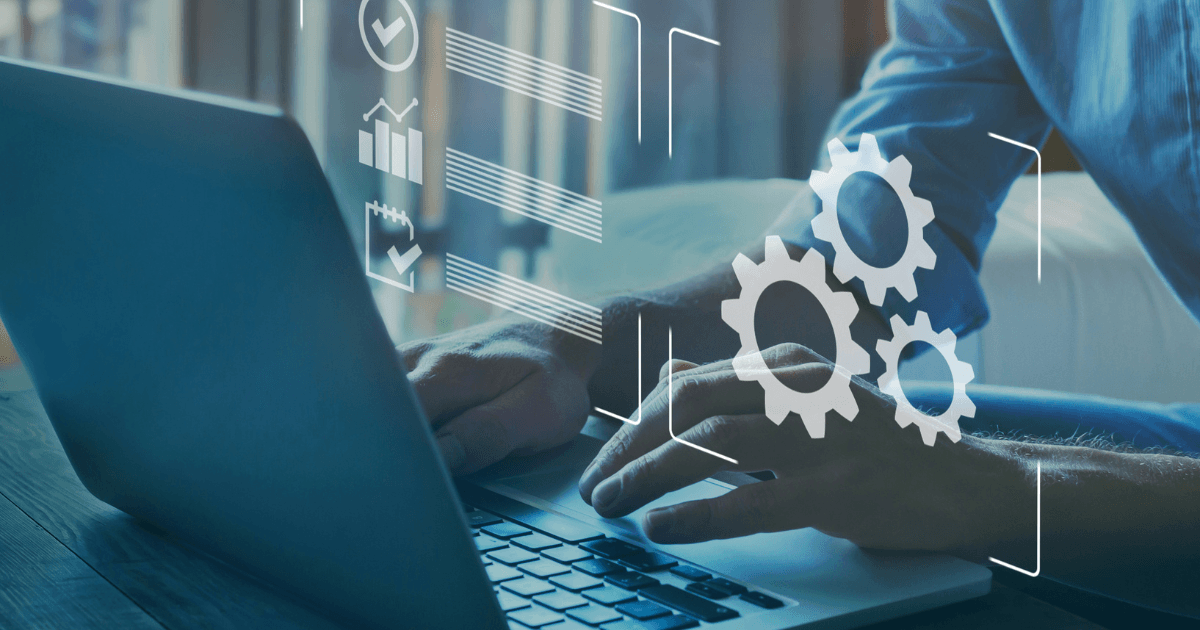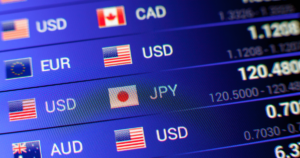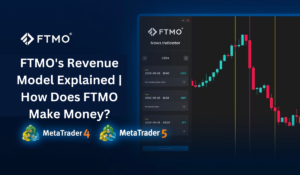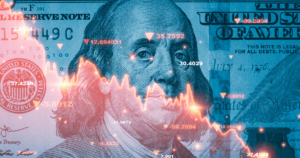Introduction
In today’s rapidly evolving financial markets, automated forex trading has gained significant popularity among traders. This cutting-edge approach allows traders to utilize computer programs to analyze market data, generate trading signals, and execute trades automatically. By leveraging the power of automation, traders can potentially enhance their trading efficiency, eliminate emotional biases, and capitalize on market opportunities 24/7. In this comprehensive guide, we will delve into the world of automated forex trading, exploring its benefits, functionality, strategies, and key considerations for traders.
Why is Automated Trading So Popular?
Automated trading has witnessed a surge in popularity due to its numerous advantages. First and foremost, it has demonstrated the potential to generate profits consistently. Many traders have successfully employed systematic trading approaches and algorithmic models to achieve favorable returns. Furthermore, technological advancements have made automated trading more accessible and user-friendly. Platforms such as MetaTrader’s MT4 and MT5 have become go-to choices for independent traders looking to automate their trading activities. Notably, the hedge fund industry has also embraced automated trading, with a significant portion of hedge fund assets being managed by funds running automated programs.
The History of Automated Trading
The concept of automated trading emerged towards the end of the last century. Initially, it involved a semi-automated approach where computers processed real-time market data and generated trading signals. However, human intervention was still required to execute trades. Over time, advancements in technology enabled the entire trading process, including trade execution, to be automated. Today, traders can develop sophisticated trading models that analyze vast amounts of data and execute trades based on pre-defined rules.
Benefits of Automated Trading
Automated trading offers several compelling advantages for traders. One key benefit is the elimination of emotional biases. Trading decisions driven by fear, greed, or other emotions can often lead to poor outcomes. Automated systems, on the other hand, operate based on predefined rules and logic, removing the impact of human emotions. Additionally, automated trading provides trading discipline by strictly adhering to the implemented strategies. It also minimizes the occurrence of manual trading errors, such as inputting incorrect trade details. Moreover, automated trading allows traders to optimize their time and focus on other aspects of their trading activities while the system executes trades on their behalf.
How Does Automated Trading Work?
Automated trading relies on computer programs to analyze market data, generate trading signals, and execute trades. These programs can be developed by individual traders or obtained from third-party providers. The analysis of market data involves the use of various technical indicators and statistical models. Moving averages, Fibonacci retracement levels, Bollinger bands, and trade volume are examples of commonly used indicators. The program then applies pre-set rules to determine when to enter and exit trades based on the generated signals. By automating the trading process, traders can swiftly act on market opportunities and potentially capitalize on favorable price movements.
Getting Started with Automated Forex Trading
If you’re interested in incorporating automated trading into your forex trading strategy, there are several steps to consider. The following stages outline a typical process for getting started:
- Idea Generation: Begin by generating trading ideas or strategies that you believe may be profitable. This could involve analyzing historical data, studying market trends, or exploring existing trading strategies.
- Research: Once you have identified potential trading ideas, conduct thorough research to evaluate their viability. This includes assessing the historical performance of the strategy and considering relevant market factors.
- Backtesting: Backtesting involves applying your trading strategy to historical market data to assess its performance over time. This step helps you gauge the effectiveness of your strategy before implementing it in real-time trading.
- Demo Trading: Before risking real capital, test your strategy using a demo trading account. This allows you to simulate real-market conditions and evaluate the performance of your strategy in a risk-free environment.
- Optimization: Based on the results of your backtesting and demo trading, refine your strategy and optimize its parameters. This iterative process helps you fine-tune your approach and improve its effectiveness.
- Implementation: Once confident in your strategy, implement it in a live trading environment with real capital. Start with conservative position sizing and closely monitor its performance.
- Monitoring and Adjustments: Continuously monitor your automated trading system and make necessary adjustments as market conditions evolve. Regularly review performance metrics, risk management protocols, and adapt your strategy accordingly.
Common Considerations and Challenges
While automated trading offers numerous advantages, it is important to be aware of potential challenges and considerations:
- System Reliability: Automated systems depend on technology, and technical failures can occur. It is crucial to choose a reliable trading platform and ensure proper system maintenance and monitoring.
- Over-Optimization: Traders should avoid over-optimizing their trading strategies based solely on historical data. Strategies that perform exceptionally well in the past may not necessarily deliver similar results in futuremarket conditions. It’s essential to strike a balance between optimizing a strategy and ensuring its adaptability to changing market dynamics.
- Risk Management: Automated trading does not eliminate the need for effective risk management. Traders must carefully define risk parameters, set stop-loss orders, and employ proper position sizing to protect their capital.
- Market Volatility: Rapid market movements and high volatility can pose challenges for automated trading systems. Sudden price spikes or gaps can result in slippage, where trades are executed at different prices than anticipated. Traders should consider implementing risk management measures to mitigate the impact of volatile market conditions.
- Continuous Learning: Successful automated trading requires ongoing learning and adaptation. Traders should stay updated with market trends, explore new strategies, and refine their existing models to remain competitive.
Frequently Asked Questions (FAQs)
Q1: Can I use automated trading as a beginner?
Yes, beginners can utilize automated trading, but it’s crucial to have a solid understanding of trading principles and strategies. Starting with a demo account and gaining experience through backtesting and optimizing strategies can help beginners become familiar with the automated trading process.
Q2: Do I need programming skills to engage in automated trading?
While programming skills can be advantageous, they are not a prerequisite for automated trading. Many trading platforms offer user-friendly interfaces and allow traders to build strategies using visual programming tools or pre-defined indicators. Additionally, there are third-party providers that offer pre-built trading algorithms and signals for those without programming expertise.
Q3: Is automated trading suitable for all market conditions?
Automated trading can perform well in various market conditions, but it’s important to adapt strategies to specific market environments. Some strategies may excel in trending markets, while others may be more effective in range-bound or volatile conditions. Traders should consider diversifying their strategies or adjusting them based on prevailing market conditions.
Q4: What are the costs associated with automated trading?
The costs of automated trading can vary. They may include fees for accessing trading platforms, data subscriptions, and potentially fees for utilizing third-party trading algorithms or signals. Traders should carefully consider these costs and evaluate their impact on profitability.
Key Takeaways
Automated forex trading offers numerous benefits for traders, including the potential for consistent profits, elimination of emotional biases, and increased trading efficiency. By leveraging computer programs and algorithms, traders can analyze market data, generate trading signals, and execute trades automatically. However, it’s essential to conduct thorough research, backtest strategies, and continuously monitor and adapt automated trading systems to ensure their effectiveness. Risk management, system reliability, and adapting to changing market conditions are crucial considerations for successful automated trading. Whether you are a beginner or an experienced trader, embracing automated trading can enhance your trading capabilities and potentially lead to improved trading outcomes.








